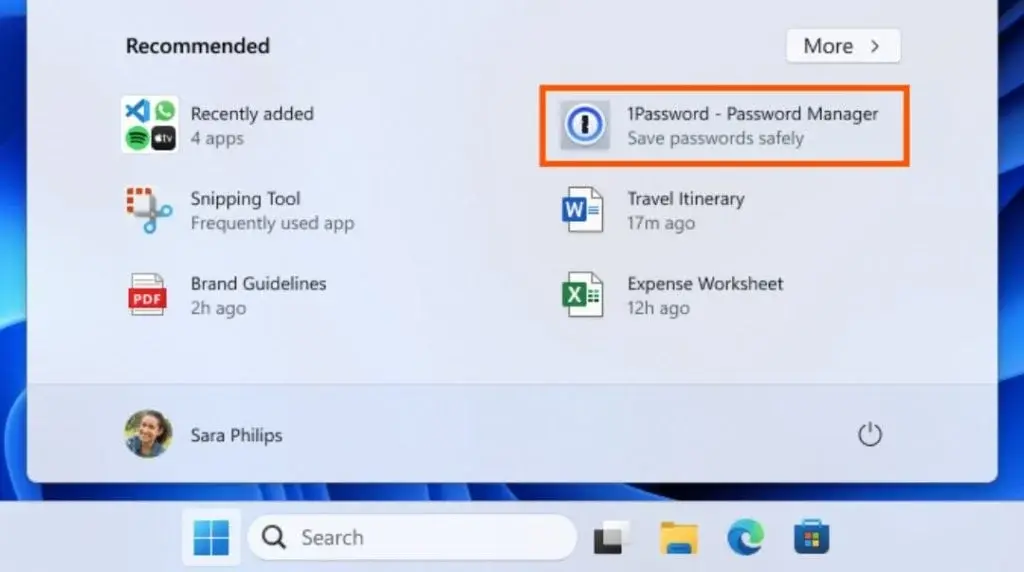Oppo has been broadening its range of products, with the recent introduction of the A60 smartphone that features a 90Hz LCD display, a Snapdragon 680 processor, and 45W fast charging. Building on this momentum, Oppo has now revealed a significant upgrade to the animations in its ColorOS 14 operating system, encompassing more than 100 enhancements. This enhancement aims to elevate the user experience through various improvements.
Oppo Enhances User Experience with ColorOS 14 Animation Revamp
Oppo has introduced ColorOS 14, showcasing a comprehensive overhaul of animations embedded within the operating system. The update includes a multitude of enhancements across different areas such as unlocking, wallpapers, the Control Center, multitasking, and the management of extensive folders. Here are some of the key highlights:
Visual Upgrades
One notable visual enhancement is the way icons and cards now glide in a layered manner during the device unlocking process, offering users a smoother and more fluid experience. Additionally, the wallpaper zoom animation when closing apps from the bottom of the screen has been refined to be "smoother and more coherent."
Control Center Enhancement
The animation for swiping down the Control Center has been revamped to be more distinct, featuring a new Gaussian blur effect in the background. The overall layout has been structured to be more layered, facilitating intuitive access to information.
Animation Refinements
Applications now launch and close swiftly, ensuring responsive switching and seamless transitions. The speed of response is directly correlated with the user’s hand speed, promising a more dynamic experience. Users can now enjoy a smooth swiping experience with prompt and responsive controls for immediate actions. Furthermore, apps exit swiftly in landscape mode and exhibit rapid responsiveness to various operations post-exit.

















